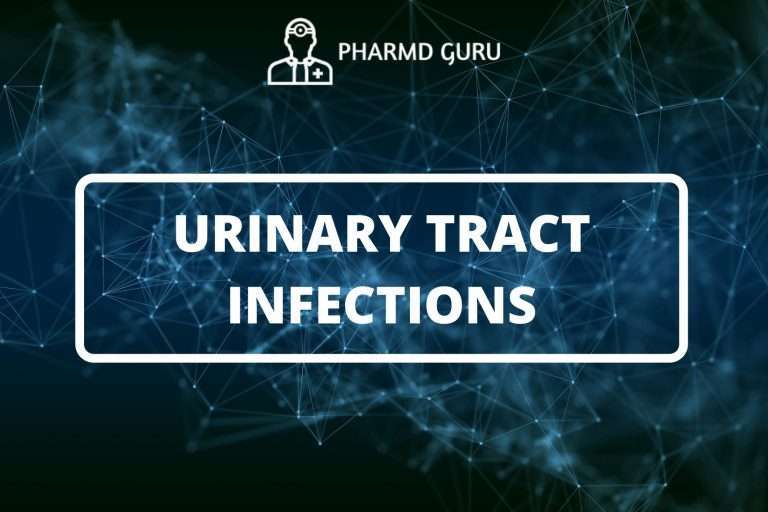
11. FUNGAL INFECTIONS
Fungal infections occur when fungi invade the skin, nails, or internal organs. They may be mild, like ringworm, or severe, such as systemic fungal infections in immunocompromised individuals. Early diagnosis…

Fungal infections occur when fungi invade the skin, nails, or internal organs. They may be mild, like ringworm, or severe, such as systemic fungal infections in immunocompromised individuals. Early diagnosis…

Malaria is a mosquito-borne infectious disease caused by the Plasmodium parasite. It spreads through the bite of an infected female Anopheles mosquito. Malaria is common in tropical and subtropical regions…

Urinary tract infections (UTIs) occur when bacteria grow in the urinary system, which includes the kidneys, ureters, bladder, and urethra. UTIs are common in women due to anatomical factors, but…

Septicemia, commonly known as sepsis, is a life-threatening condition where bacteria or toxins enter the bloodstream and trigger widespread inflammation. If not treated promptly, septicemia can progress to severe sepsis…

Endocarditis is an infection of the inner lining of the heart (endocardium) and heart valves. It occurs when bacteria or other microbes enter the bloodstream and attach to damaged heart…

Gastroenteritis is an inflammation of the stomach and intestines, usually caused by viruses, bacteria, or parasites. It leads to diarrhea, vomiting, abdominal cramps, and dehydration. Most cases are self-limiting, but…

Respiratory tract infections (RTIs) are among the most common illnesses affecting the upper or lower airways. They may be caused by viruses, bacteria, or occasionally fungi. While most upper respiratory…